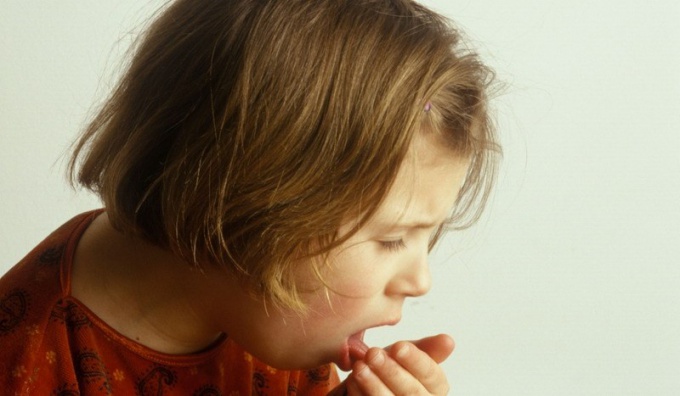Diagnose pertussis based on clinical and epidemiological data as well as with laboratory studies, which include several types of tests:
- bacteriological method
- serological methods
- immunoassay method,
- molecular method
hematological method
- immunofluorescence and latex microagglutination (for rapid diagnosis).
For this study, patients take a sample of mucus from the posterior pharyngeal wall. Biomaterial for tests taken either on an empty stomach or 2-3 hours after last meal. Currently, there are 2 main ways intake of mucus - "cough plate" and "segregatory a tampon." In this method of study, preliminary conclusion, the laboratory will be given within 3-5 days. For the final results, you may need 5-7 days. This method is used for diagnostic examination of persons coughing for more than a week 7 days. The percentage of bacteriologically confirmed cases of pertussis is usually 15-25 %.
Such analyses, PHA, RA, Riha, are commonly used for diagnosis of the disease in the later stages, as well as in epidemiological research, when the experts identify possible foci of infection. Using enzyme linked immunosorbent assay (ELISA) in early stages specialists determine the content of antibodies of class Ig M and in the later stages of the disease - Ig G.
These ways were established on the basis of intensive scientific research. Using immunofluorescence techniques (IF) in laryngo-pharyngeal flush with the posterior pharyngeal wall can reveal the corpuscular antigens of B. pertussis has for 2-6 hours, which allows you to pretty quickly confirm the diagnosis and perform differential diagnosis when symptoms characteristic of other diseases. When conducting latex microagglutination (LMA) to determine the presence of mucus in the posterior pharyngeal wall antigens of the causative agent of whooping cough within 30 or 40 minutes.
In this case, patients need to donate blood. In the laboratory, usually reveals leukocytosis with lymphocytosis, whereas ESR is normal. Such type of diagnostics is the most significant for unvaccinated children.
- bacteriological method
- serological methods
- immunoassay method,
- molecular method
hematological method
- immunofluorescence and latex microagglutination (for rapid diagnosis).
According to leading experts, there are currently all laboratory capacity for diagnosis of pertussis infection at virtually every stage, and regardless of the form of the disease.
Bacteriological method
For this study, patients take a sample of mucus from the posterior pharyngeal wall. Biomaterial for tests taken either on an empty stomach or 2-3 hours after last meal. Currently, there are 2 main ways intake of mucus - "cough plate" and "segregatory a tampon." In this method of study, preliminary conclusion, the laboratory will be given within 3-5 days. For the final results, you may need 5-7 days. This method is used for diagnostic examination of persons coughing for more than a week 7 days. The percentage of bacteriologically confirmed cases of pertussis is usually 15-25 %.
Is a highly specific molecular method for diagnosis of pertussis, at the present time it is widely used abroad and is just beginning to be implemented on the territory of Russia.
Serological and immunoassay research methods
Such analyses, PHA, RA, Riha, are commonly used for diagnosis of the disease in the later stages, as well as in epidemiological research, when the experts identify possible foci of infection. Using enzyme linked immunosorbent assay (ELISA) in early stages specialists determine the content of antibodies of class Ig M and in the later stages of the disease - Ig G.
Rapid methods for diagnosis of pertussis
These ways were established on the basis of intensive scientific research. Using immunofluorescence techniques (IF) in laryngo-pharyngeal flush with the posterior pharyngeal wall can reveal the corpuscular antigens of B. pertussis has for 2-6 hours, which allows you to pretty quickly confirm the diagnosis and perform differential diagnosis when symptoms characteristic of other diseases. When conducting latex microagglutination (LMA) to determine the presence of mucus in the posterior pharyngeal wall antigens of the causative agent of whooping cough within 30 or 40 minutes.
Hematological method
In this case, patients need to donate blood. In the laboratory, usually reveals leukocytosis with lymphocytosis, whereas ESR is normal. Such type of diagnostics is the most significant for unvaccinated children.
